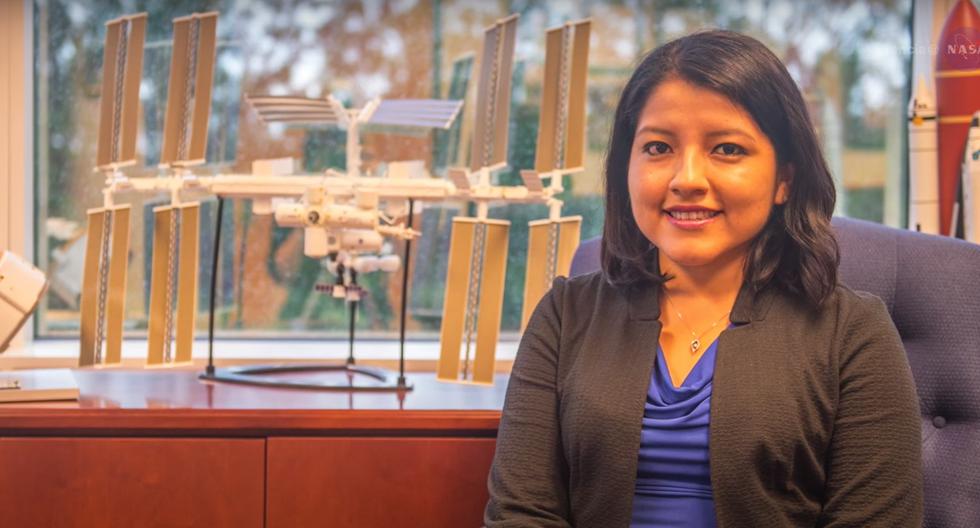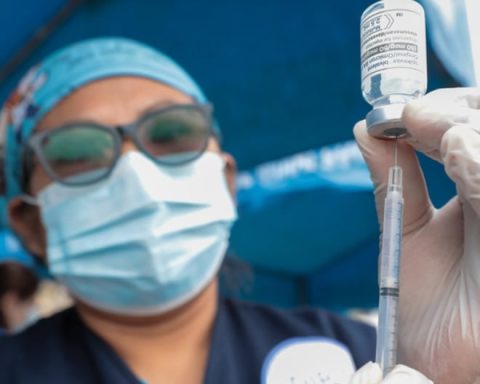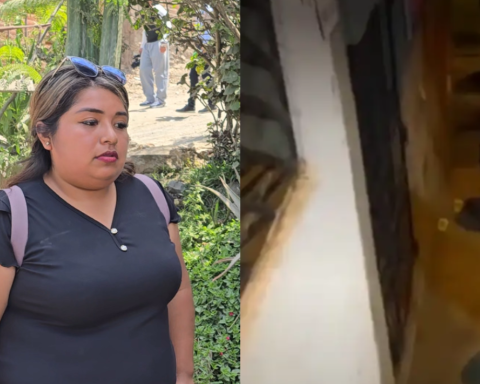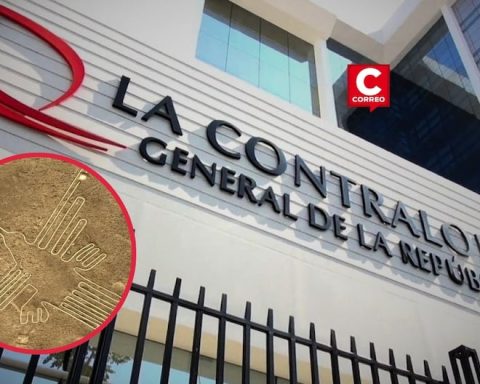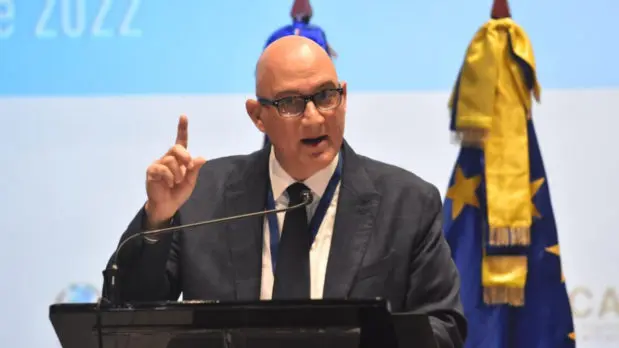From Peru to the world. The Peruvian-American engineer Rosa Ávalos-Warren has been part of the launch of Artemis I, the first part of the mission of the POT for the return of a crew to the Moon. Learn more about this young woman: How did she put down roots? What was the tragedy that aroused her curiosity to dedicate herself to the aerospace world? and more.
“It is an honor to have been part of this historic launch, to be able to represent all my Peruvian and Latin compatriots around the world. We have enabled the beginning of a new era of lunar exploration. I am proud of my team and the effort of the entire agency…”wrote the Peruvian on her Facebook account.
After several technical and weather setbacks, the Lunar Launch System and Artemis-I mission Orion vehicle finally launched on November 16 at 1:47 a.m. ET from Cape Canaveral, Florida .
This paves the way for NASA to return astronauts to the lunar surface for the first time in half a century. “We are on our way back to the moon to make scientific discoveries for the benefit of humanity, to inspire the next generation of students, and to maintain a presence on and in orbit of the Moon.”, added the Peruvian, who has made it clear that she is proud of her roots. She knows more about her.
WHO IS ROSA ÁVALOS-WARREN?
Rosa Ávalos-Warren is 28 years old and was born in the province of Cañete, Lima. She grew up in a humble family and she spent her childhood between Lima and the small towns where her parents are from: Chilca and Chincha, south of the capital. She is married and has two children.
Rosa Ávalos-Warren is part of NASA’s Artemis program (Photo: Rosa Ávalos-Warren/Facebook)
From Cañete to the United States
In 2022, he immigrated to the United States with his mother and father. They settled in Northern Virginia in search of new opportunities. Behind her were her brothers and the rest of her large family. This was a shock to the young woman.
Already settled in a new country with a different language, Rosa strove to learn English as quickly as possible to help her parents. A year later, the tragedy of the space shuttle Columbia occurred and that marked her forever: it aroused her interest in the aerospace world.
Studies
She decided to study Aerospace Engineering at Virginia Tech, thanks to a scholarship based on academic merit, a matter in which she was guided by professors and her brothers. Later, she would complete a master’s degree in Mechanical Engineering from Rice University in Houston, Texas.
Worked
He works at NASA’s Goddard Space Flight Center in Greenbelt, Maryland. She serves as the mission manager of the human spaceflight tracking and communications network for Artemis, and as the director of the navigation and communications network for spacecraft launches and robotic missions.
Rosa Ávalos-Warren’s job consists of making constant communication possible with astronauts on board a ship. She must also keep an eye on what steps to take if the signal is lost, a challenge that is heightened during deep space travel.
In addition, he contributes to the local and international community by participating in outreach events advocating for the next generation – the Artemis generation – to pursue careers in science, technology, engineering and mathematics.
Reward
On March 4, 2022, Rosa Ávalos-Warren received the Silver Snoopy Award, a recognition of exceptional service to various human spaceflight missions, with an emphasis on flight safety and mission success. Less than one percent of workers in the aerospace program receive it annually.
“Not even in my dreams did I think I was going to win that award”, says Ávalos-Warren who, upon receiving the email with the news, hurried to confirm it with her husband: “I said, ‘do you see this? Am I seeing okay?’ And he told me, ‘Yes, and I’m not surprised.’” tells the American Peruvian in a publication of the POT.
:quality(75)/cloudfront-us-east-1.images.arcpublishing.com/elcomercio/FBE5PL6JYFGJHLWPNBSO6ZQYCQ.jpg)
Rosa Ávalos-Warren is part of NASA’s Artemis program (Photo: NASA)
WHAT IS THE ARTEMIS MISSION?
Artemis is the series of three lunar missions of the National Aeronautics and Space Administration (NASA). The goal is to return humans to the moon (on a trip planned for 2024) and explore the Earth’s satellite. The goal is to put the first woman and the first person of color on the Moon. In this regard, Rosa Ávalos-Warren trusts that these will help close the gender gap in space exploration.
:quality(75)/cloudfront-us-east-1.images.arcpublishing.com/elcomercio/W3ADNC4KBVGF3CNYZTMUVASSLA.jpg)
In this photo provided by NASA on November 16, 2022, the Artemis I unmanned moon rocket lifts off from Launch Pad 39B at NASA’s Kennedy Space Center in Cape Canaveral, Florida. – NASA’s Artemis 1 mission is a 25-and-a-half-day journey beyond the far side of the Moon and back. The meticulously choreographed unmanned flight should produce spectacular images as well as valuable scientific data. (Photo by Joel KOWSKY/NASA/AFP)
HISTORIC LAUNCH OF THE ARTEMIS I
known as Artemis I, The mission is a critical part of NASA’s Moon to Mars exploration approach, in which the agency explores for the benefit of humanity. It is an important test for the agency ahead of the Artemis II manned mission, NASA reported.
NASA’s Space Launch System (SLS), the world’s most powerful rocket, Orion spacecraft -uncrewed- heads to the Moon as part of the Artemis I program after taking off for its flight test at 1:47 am (Peruvian time) on Wednesday, November 16 from launch pad 39B at the Kennedy Space Center in Florida.
